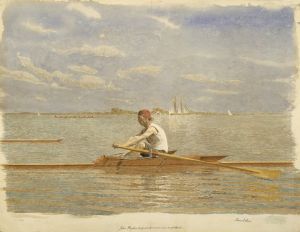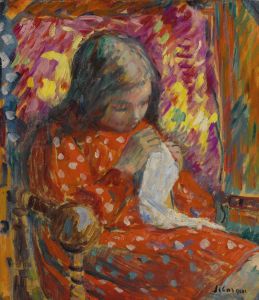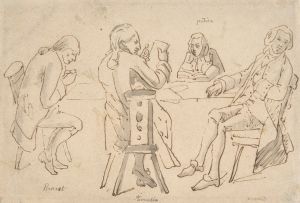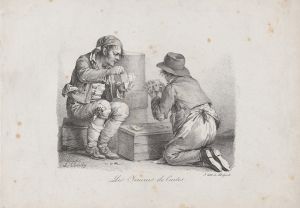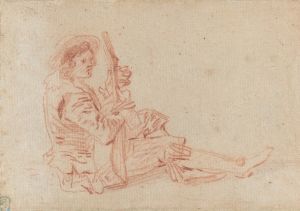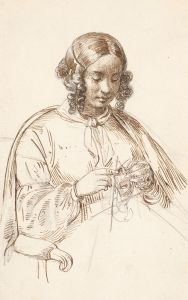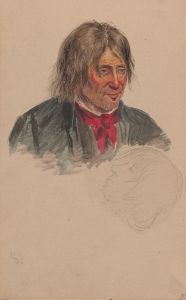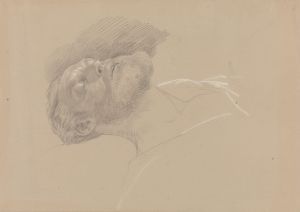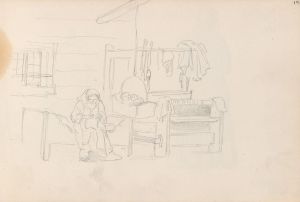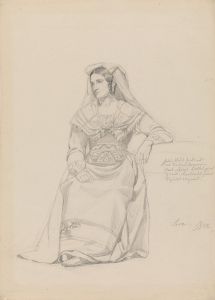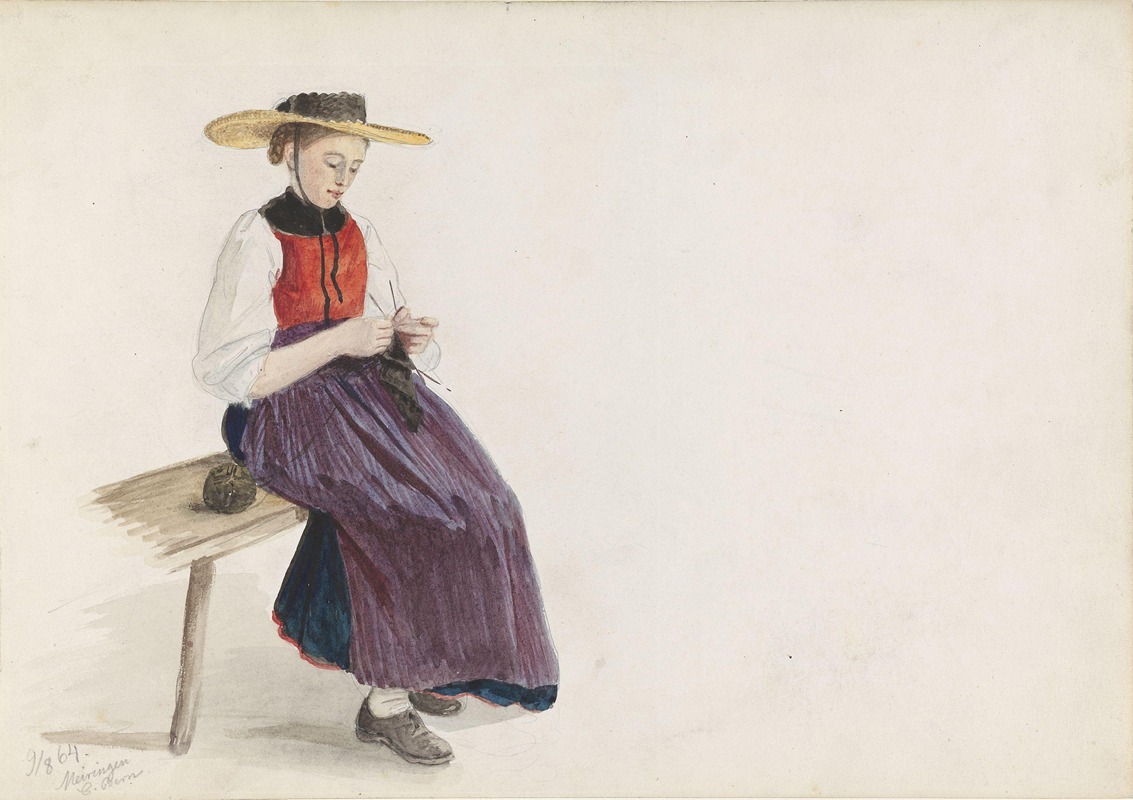
Strikkende ung pike med bred hatt, Meiringen
A hand-painted replica of Adolph Tidemand’s masterpiece Strikkende ung pike med bred hatt, Meiringen, meticulously crafted by professional artists to capture the true essence of the original. Each piece is created with museum-quality canvas and rare mineral pigments, carefully painted by experienced artists with delicate brushstrokes and rich, layered colors to perfectly recreate the texture of the original artwork. Unlike machine-printed reproductions, this hand-painted version brings the painting to life, infused with the artist’s emotions and skill in every stroke. Whether for personal collection or home decoration, it instantly elevates the artistic atmosphere of any space.
Adolph Tidemand (1814–1876) was a prominent Norwegian painter known for his contributions to the Romantic Nationalism movement in Norway. His works often depicted scenes of rural life, traditional customs, and Norwegian folk culture, reflecting the national identity of the 19th century. Among his many paintings is Strikkende ung pike med bred hatt, Meiringen (translated as Young Girl Knitting with a Broad Hat, Meiringen), which showcases his characteristic attention to detail and interest in everyday life.
This painting portrays a young girl engaged in the act of knitting, seated outdoors and wearing a broad hat. The setting is believed to be Meiringen, a town in Switzerland, which Tidemand visited during his travels. The artwork captures a moment of quiet concentration and simplicity, emphasizing the pastoral and serene atmosphere of the scene. The girl's attire and activity reflect the traditional lifestyle of the time, aligning with Tidemand's broader artistic focus on cultural heritage and rural life.
Tidemand's travels across Europe, including Germany, Switzerland, and Italy, influenced his artistic style and subject matter. While he is best known for his depictions of Norwegian life, his works from other regions, such as this painting, demonstrate his ability to adapt his Romantic style to different cultural contexts. The painting is an example of his skill in portraying human figures with warmth and realism, as well as his talent for capturing the essence of a moment.
The exact date of the painting is not documented, but it likely originates from one of Tidemand's trips to Switzerland in the mid-19th century. The painting is part of a broader body of work that reflects his interest in documenting the lives of ordinary people, whether in his native Norway or abroad. As with many of Tidemand's works, this piece combines artistic beauty with ethnographic value, offering insight into the daily lives and traditions of the period.
Further details about the painting's current location or ownership are not widely available. However, Tidemand's works are held in high regard and are featured in various museums and collections, particularly in Norway. His legacy as one of Norway's most celebrated painters continues to influence the appreciation of 19th-century art and culture.






